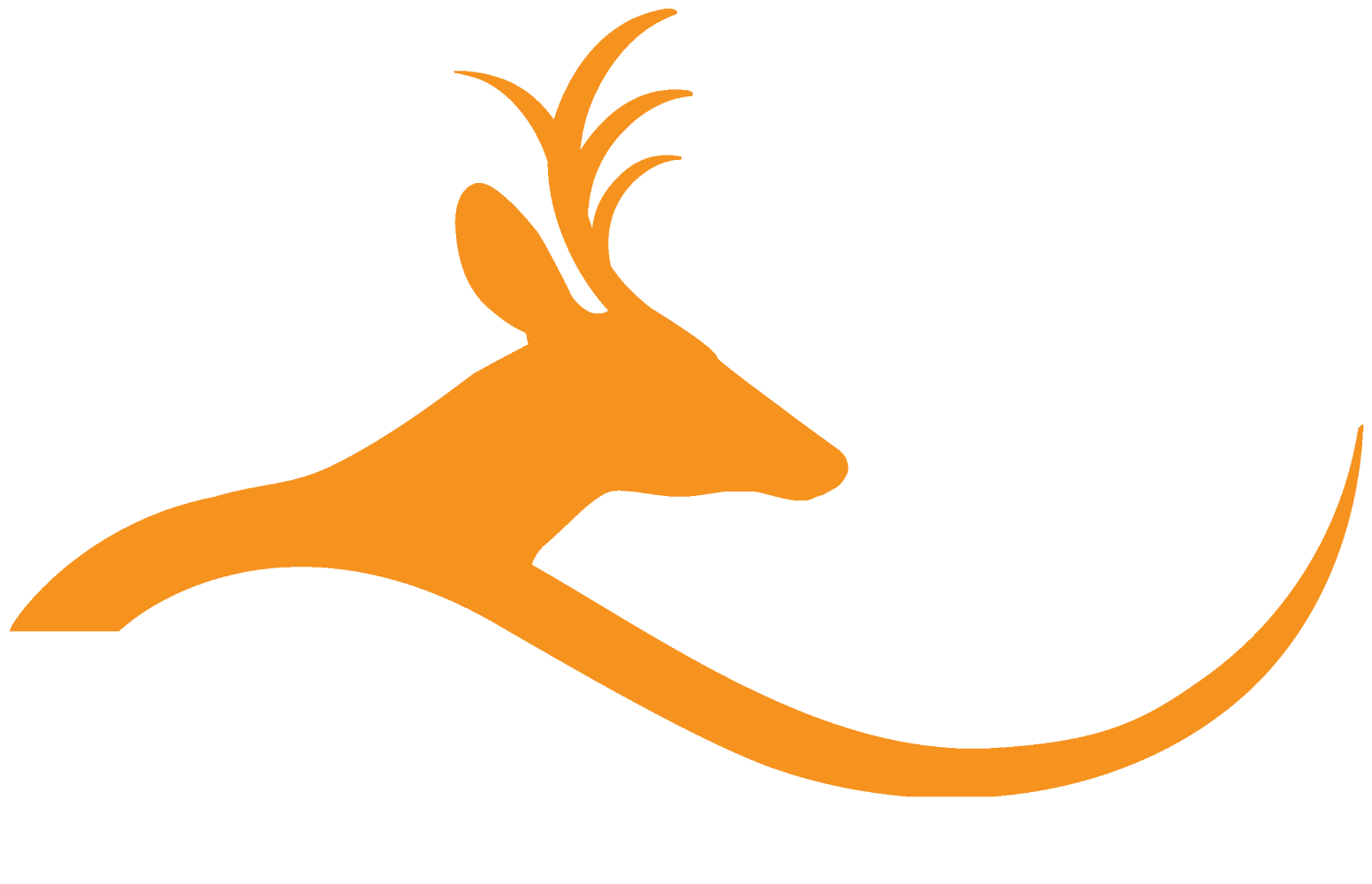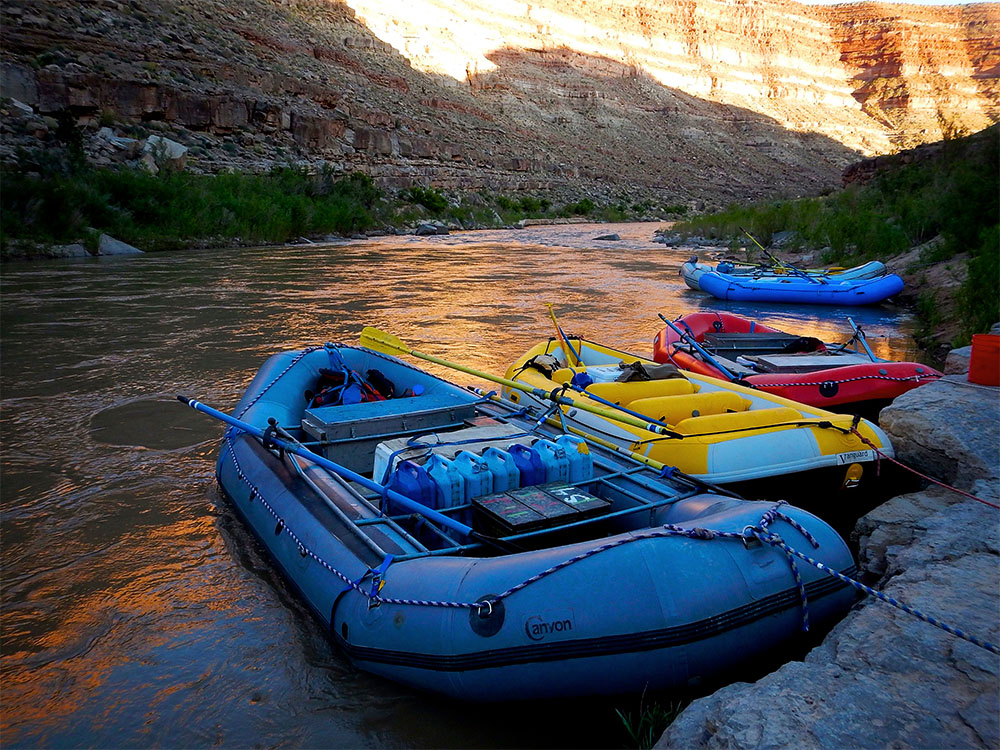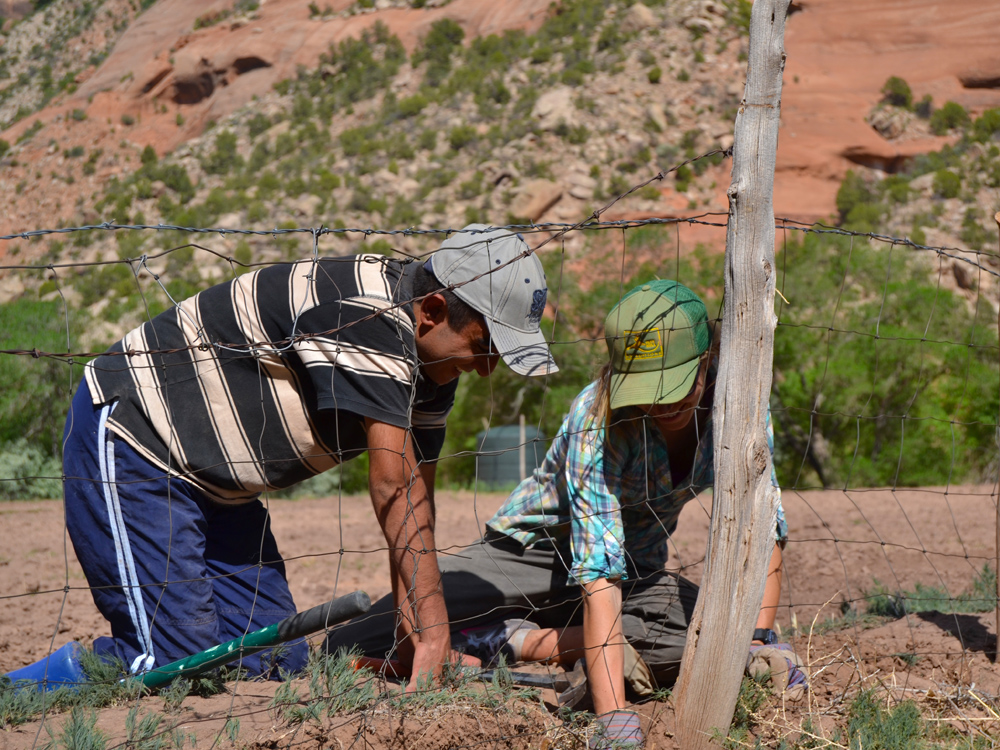Nature’s Enduring Wisdom
Immersed in the wild beauty of the American Southwest, our students discover the transformative power of the natural world. The rugged mountains, expansive deserts, flowing rivers, and starlit skies evoke feelings of awe, wonder, and peace. Nature provides a potent antidote to the stresses of modern life and has the power to reduce anxiety, depression, insecurities, and more. Deer Hill’s emphasis on connection with Nature is experienced as enriching, empowering, and healing rather than alien and frightening. Within this container, deep learning and connection take place.


Empowerment Through Challenge
Deer Hill was founded on the idea that wilderness expeditions have the power to transform lives. By embracing the beauty AND challenges of the natural world, our students discover their own strength, resilience, and capabilities, overcoming self-imposed limitations. With the guidance of our experienced field staff, students navigate rivers, hike and camp in wild mountains, and learn skills essential to a successful expedition. They cultivate a sense of responsibility and maturity as they learn how to meaningfully contribute to their peer group and build community. All of these teachings are transferable and directly relevant to their lives at home and beyond.
Community and Connection: Essential to Our Individual and Collective Well-Being
Living and learning in the natural world, students rediscover the joy and playfulness of youth, helping them to overcome feelings of loneliness and isolation. Wilderness is a powerful teacher in this regard, demanding our attention, sensitivity, and care. Evening Circle (intentional reflection) fosters deeper connections, authenticity, and empathy; a counterpoint to today’s disconnection and detachment from others. For 40 years, we’ve witnessed this time and again: the beauty of Nature, shared adventure, and mutual responsibility help to break down barriers, unite students in shared purpose, and foster a more profound connection to their authentic self.




